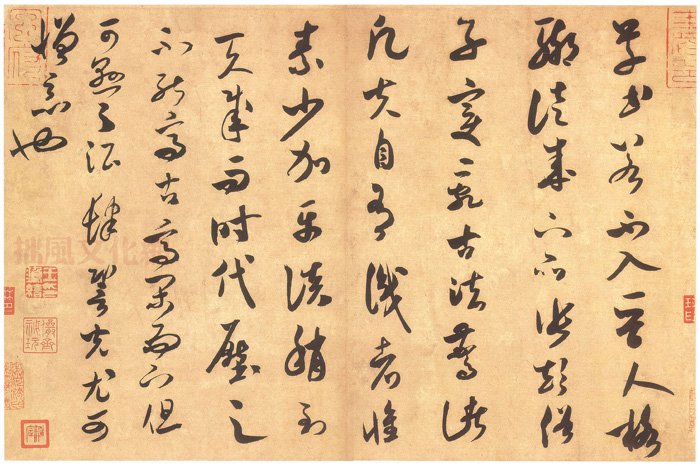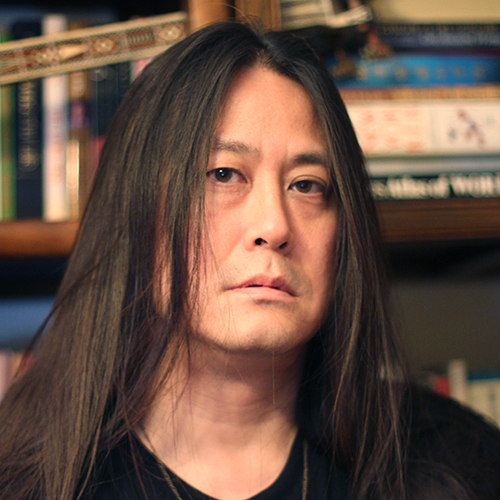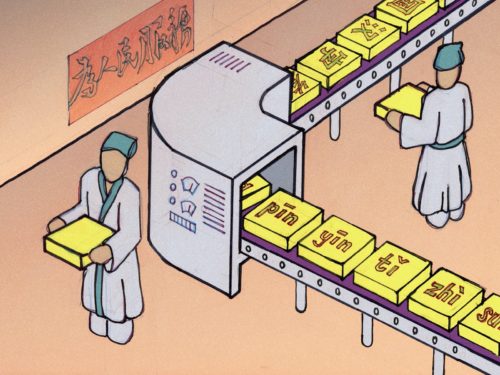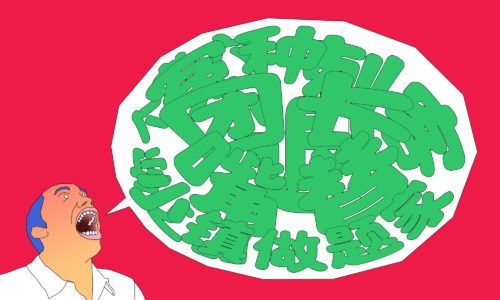Kuora: Wade-Giles romanization and traditional characters — why not?

This week’s column comes from two of Kaiser’s answers, originally posted to Quora on January 29, 2018.
Why didn’t China adopt the Wade-Giles romanization system instead of designing pinyin from scratch?
and March 13, 2018:
Why is China still using simplified Chinese, despite its linguistic inconsistencies and that the language is despised by Taiwanese, Hongkongers, and pretty much most people who know or need to learn Chinese history around the world?
The only real advantage of pinyin over Wade-Giles is its simpler orthography: no consonant sounds (except -ng, zh, ch- and sh-) require two letters, and no apostrophes are necessary to differentiate aspirated from unaspirated consonants. Thus where Wade-Giles writes 清 ch’ing, it’s just qing in pinyin. 想 (hsiang) can be more economically written as xiang. 唐 T’ang is just Tang, 党 — tang in Wade-Giles — is just dang. It’s less burdensome and I would argue more intuitive. I do confess that I think Wade-Giles looks nice. And once you know it, it’s pretty much just as easy. But I do think pinyin is more practical.
A side note: I actually like modified pinyin best — a system by which you can indicate tones without diacritical marks. “Ma” would be first tone, mar would be second, maa would be third, and mah would be fourth. Makes great sense to me. You can see vestiges of it in the provincial names Shanxi and Shaanxi.
Meanwhile, simplified Chinese is still in use because it’s, well, simplified. It was born of an effort to improve literacy and to allow more people to be able to communicate in the written word. Whether that was indeed the outcome I’m not 100% sure, and the experiment wouldn’t be possible to actually run, but were I a betting man I’m quite certain I would wager that it has indeed improved the command of orthography.
It’s really a very simple matter for people to go from reading simplified to reading traditional characters. It’s very easy for those, say, billion-plus mainlanders who have smart phones to write in traditional characters. There’s no threat that they’re going to go extinct. Few adult Chinese born in mainland China who are inclined to read a lot are incapable of reading traditional characters. Plenty of people have an aesthetic preference for the traditional characters. So what’s the hangup? What would the PRC government possibly gain by going back to the traditional characters? Writing systems evolve, and this isn’t the first Chinese leadership to impose standardization of characters. Would you that we still be using the old jiaguwen 甲骨文 oracle bone script from Shang? By the way, there are no “linguistic inconsistencies,” as linguistics applies only to the spoken, never to the written, language.
Also see:
Kuora is a weekly column.






